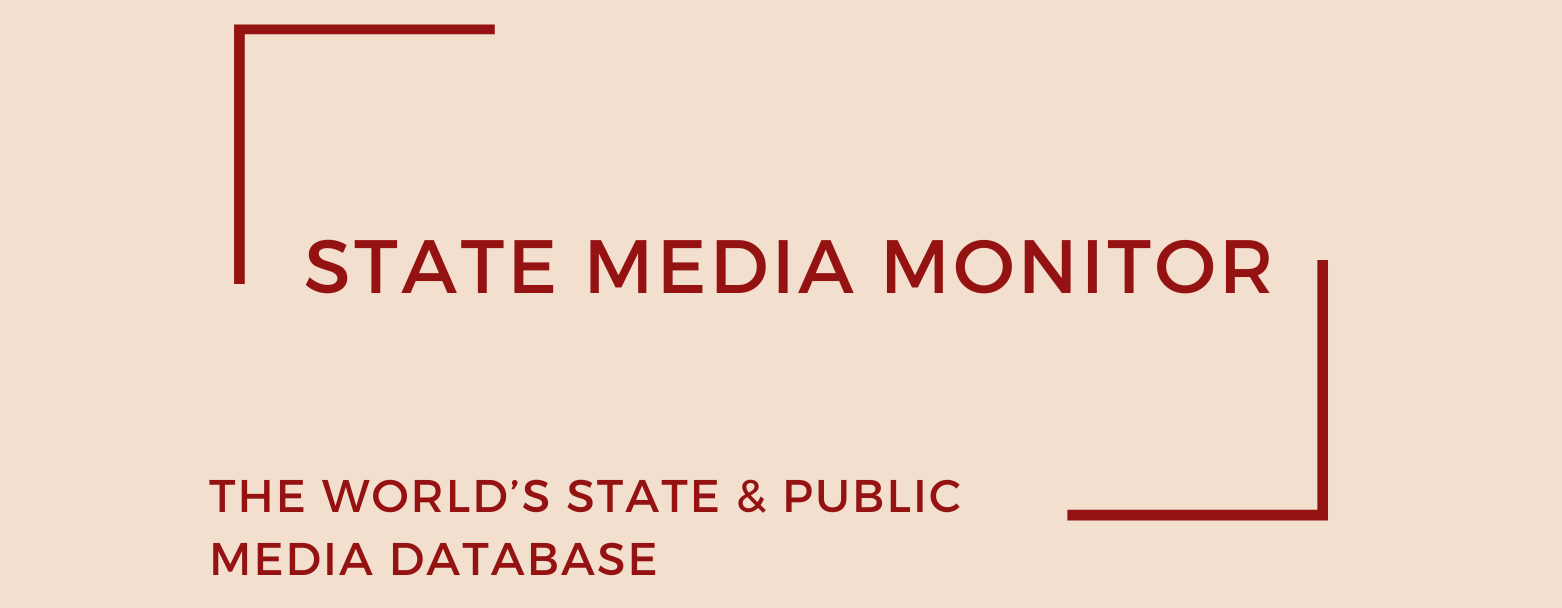Nhan Dan
Nhan Dan—literally translated as “The People”—is the flagship publication of the Communist Party of Vietnam (CPV). Established in 1951 amidst the anti-French Resistance War, Nhan Dan has long served as the ideological mouthpiece of the Party. Today, the publishing group produces seven major publications, including Nhan Dan Daily, Nhan Dan Weekend, Nhan Dan Monthly, and Thoi Nay, a current affairs magazine. The group also operates a multilingual online platform, Nhan Dan Online, offering content in Vietnamese, English, and Chinese, aimed at both domestic audiences and the Vietnamese diaspora.
Media assets
Publishing: Nhan Dan Daily, Nhan Dan Weekend, Nhan Dan Monthly, Thoi Nay
State Media Matrix Typology
Ownership and governance
Nhan Dan functions as the central organ of the Communist Party of Vietnam and is officially regarded as the voice of the Party, the State, and the Vietnamese people. Its governance structure is firmly embedded within the Party apparatus, with senior editorial appointments typically drawn from the upper echelons of CPV loyalists. As confirmed by Vietnamese media experts and journalists interviewed in June 2024, these appointments are made internally by the Party leadership, without external scrutiny or public transparency.
The General Editor-in-Chief of Nhan Dan is customarily a senior member of the Party’s Central Committee or an official with significant ideological credentials. As of mid-2025, there have been no major shifts in this leadership structure publicly disclosed. Current Editor-in-Chief: Lê Quốc Minh, a seasoned journalist and Communist Party official, has held the position since April 2021, following a Politburo decision.
Under the sweeping media consolidation initiative in 2025 (part of Resolution 18), the Vietnamese government is consolidating state media into six national media conglomerates. Nhan Dan is designated as one of these core outlets. This consolidation is part of a broader effort to streamline media aligned with Party goals—reducing duplication and centralizing oversight. However, there are no published details about changes in ownership structure, budget allocation, or operational autonomy.
Source of funding and budget
The financial underpinnings of Nhan Dan rest on a hybrid model combining state subsidies, commercial advertising, and print sales. Despite its prominent status in the Vietnamese media landscape, the publication does not publicly disclose its annual budget or detailed financial statements.
According to multiple sources interviewed in June 2024, Nhan Dan continues to receive substantial direct funding from the central government. Its commercial activities, ranging from advertising to sponsored content, are managed under state oversight, reflecting the broader pattern of Party control over economic operations within Vietnam’s state media sector.
There have been no major changes in the publication’s funding structure as of June 2025. However, Nhan Dan has reportedly increased its digital advertising capacity through Nhan Dan Online, following a broader state-backed push toward digital media expansion across Party-run outlets.
Editorial independence
By design and decree, Nhan Dan is not an independent journalistic institution. Its core mandate is to propagate the Party’s line, promote the achievements of state policy, and counter what it deems “hostile and reactionary forces.” The publication routinely celebrates the decisions of the Politburo and reinforces official narratives, often downplaying or omitting dissenting perspectives.
There is no legal framework or independent regulatory body in Vietnam that ensures or assesses the editorial independence of Nhan Dan. On the contrary, the publication operates within a tightly controlled ideological environment in which press freedom is curtailed, and criticism of the Party or government is virtually non-existent within state-run media.
August 2025
Citation (cite the article/profile as part of):
Dragomir, M. (2025). State Media Monitor Global Dataset 2025.
Media and Journalism Research Center (MJRC).
Zenodo.
https://doi.org/10.5281/zenodo.17219015
This article/profile is part of the State Media Monitor Global Dataset 2025, a continuously updated dataset published by the Media and Journalism Research Center (MJRC).
